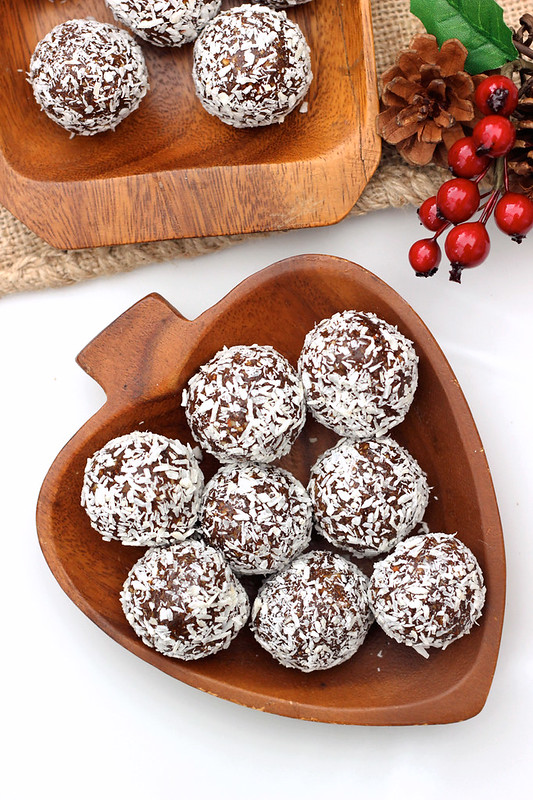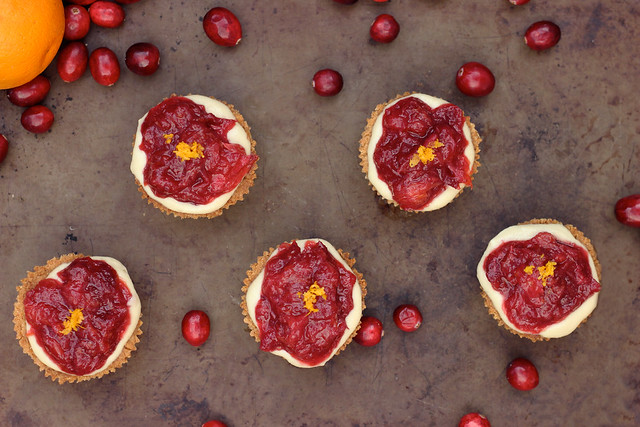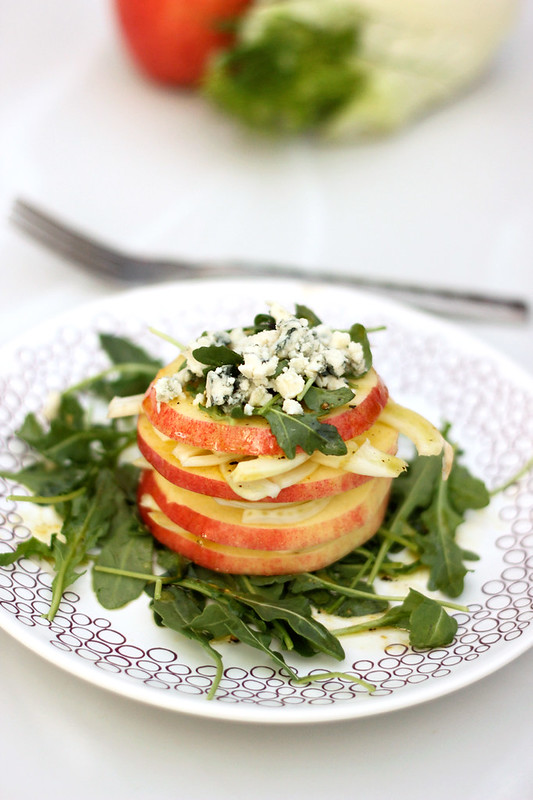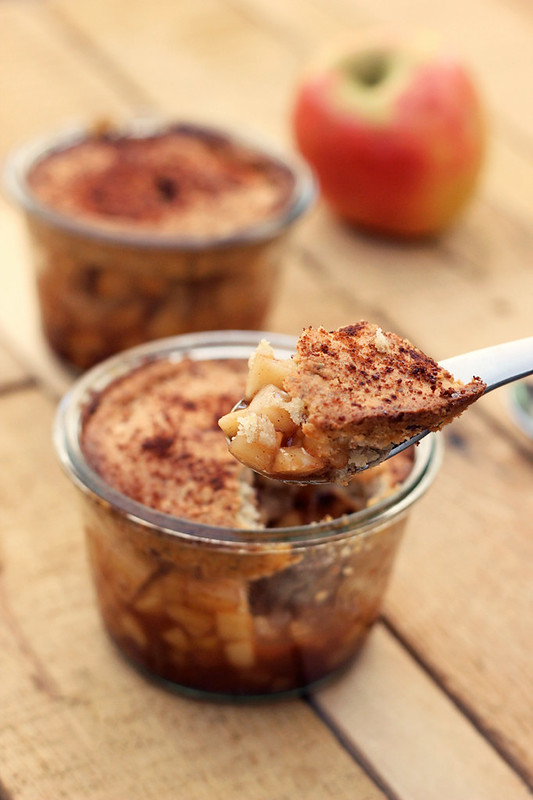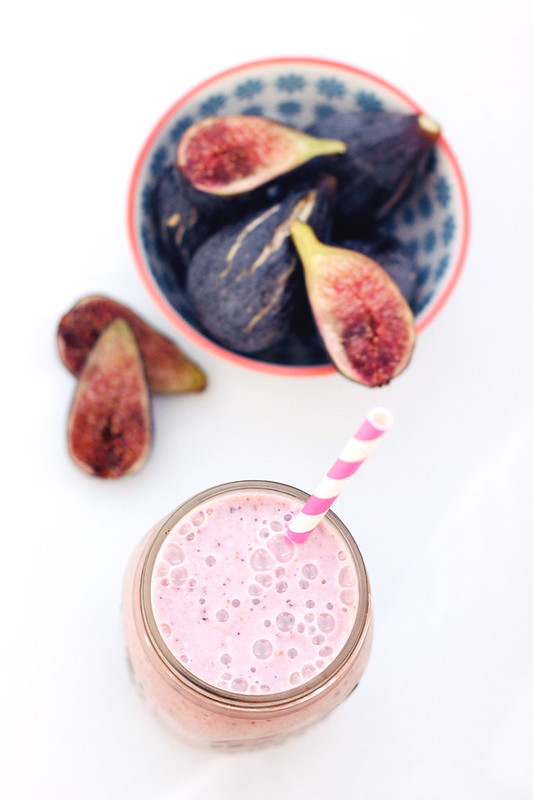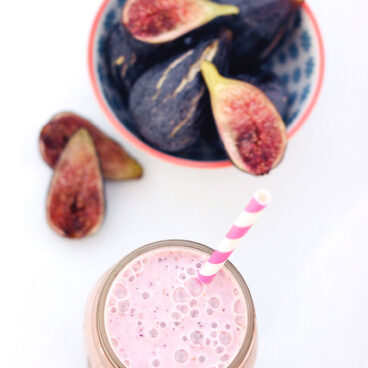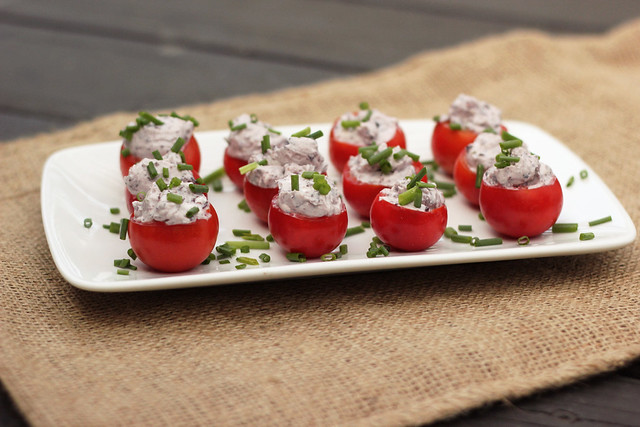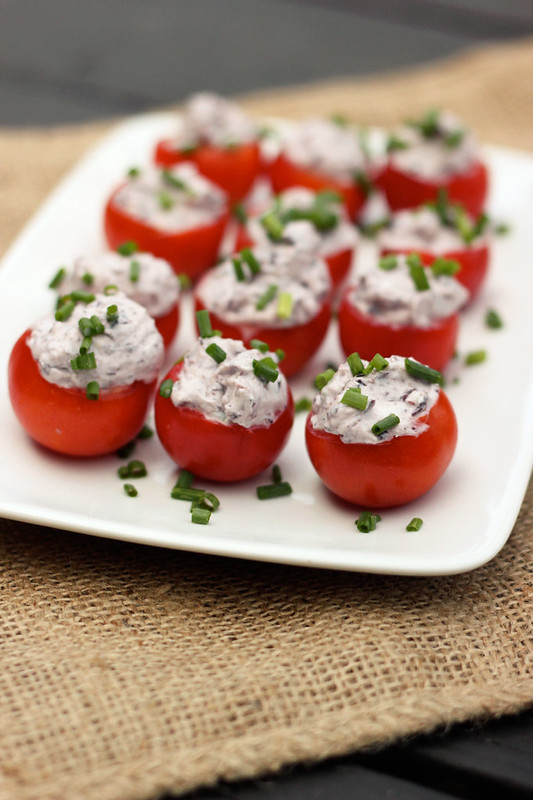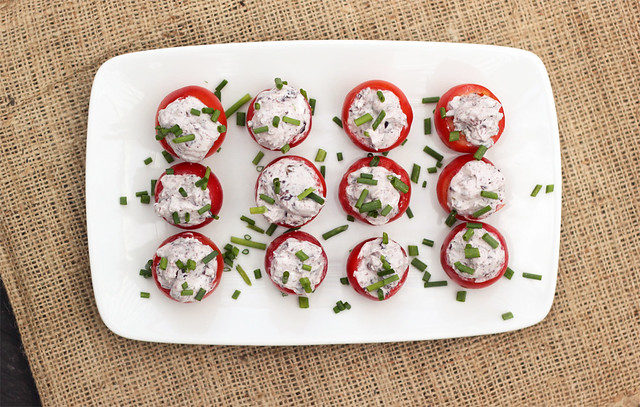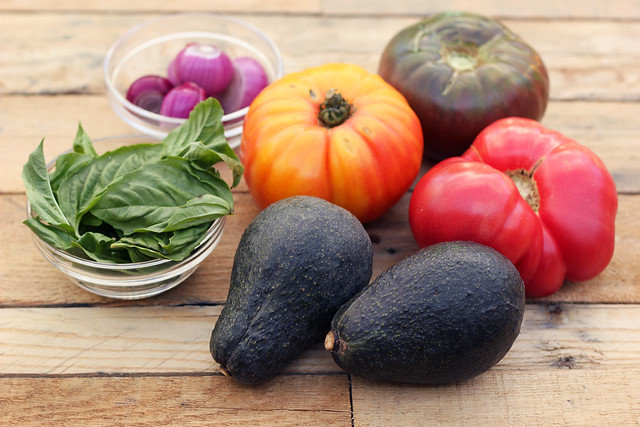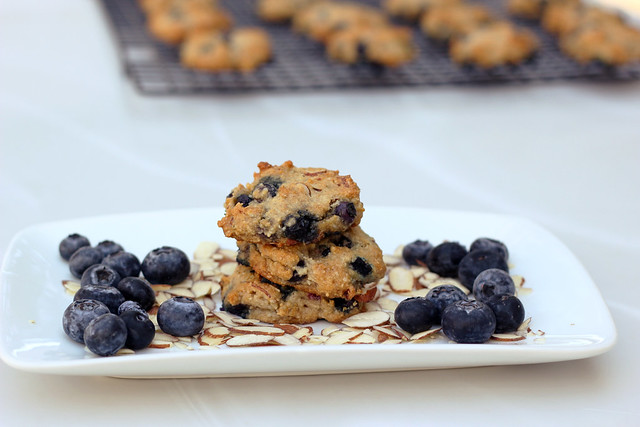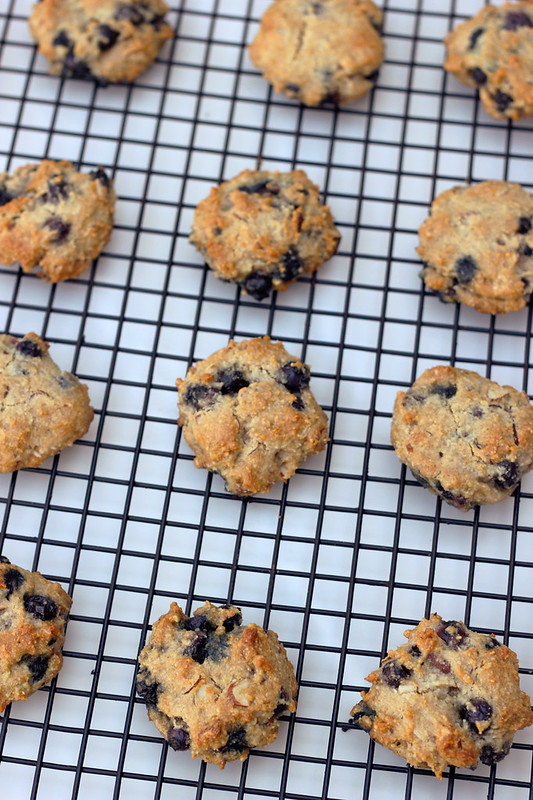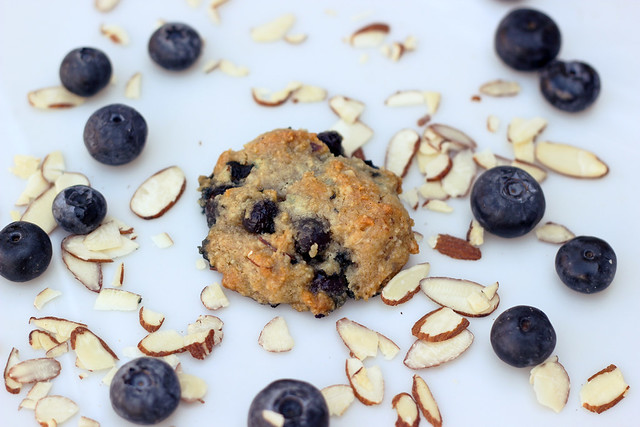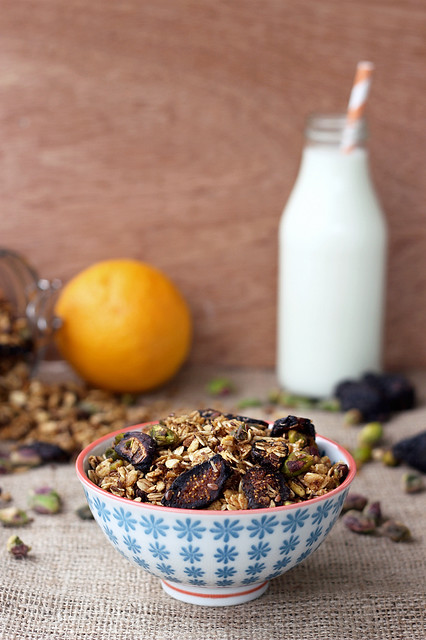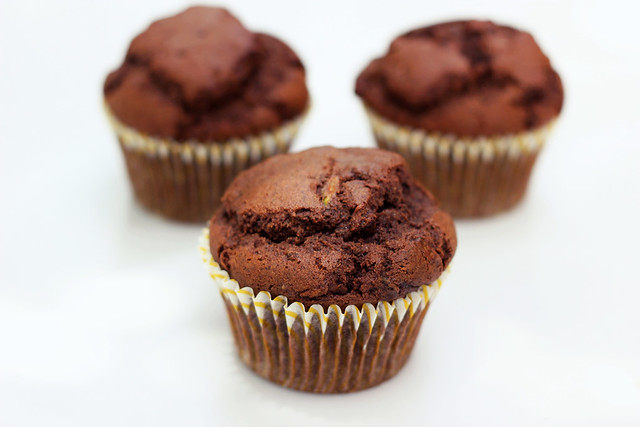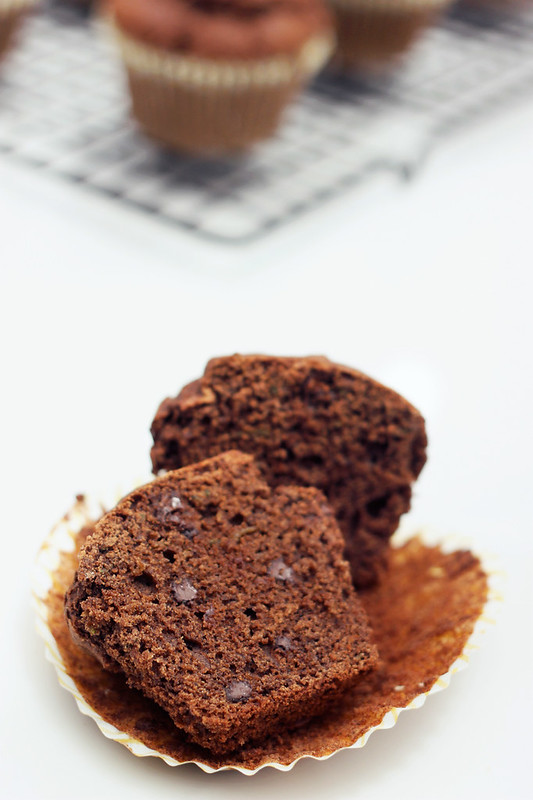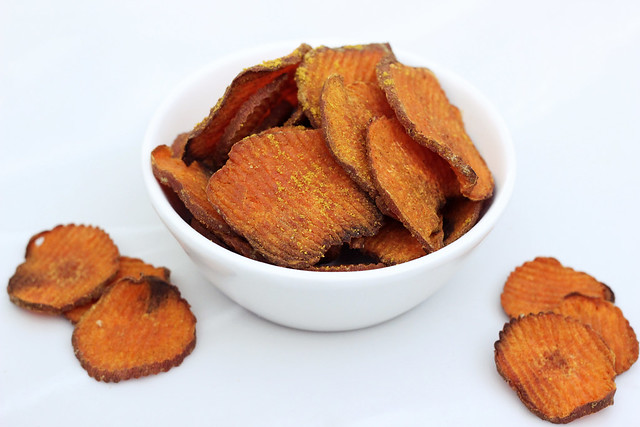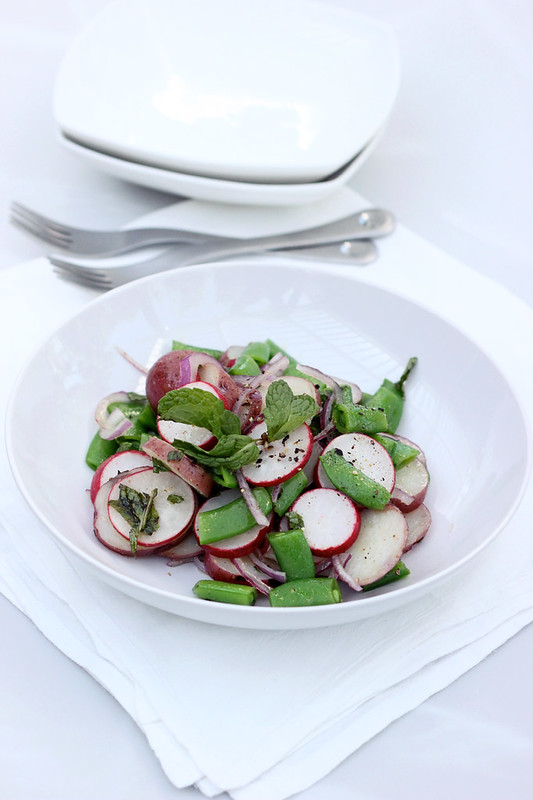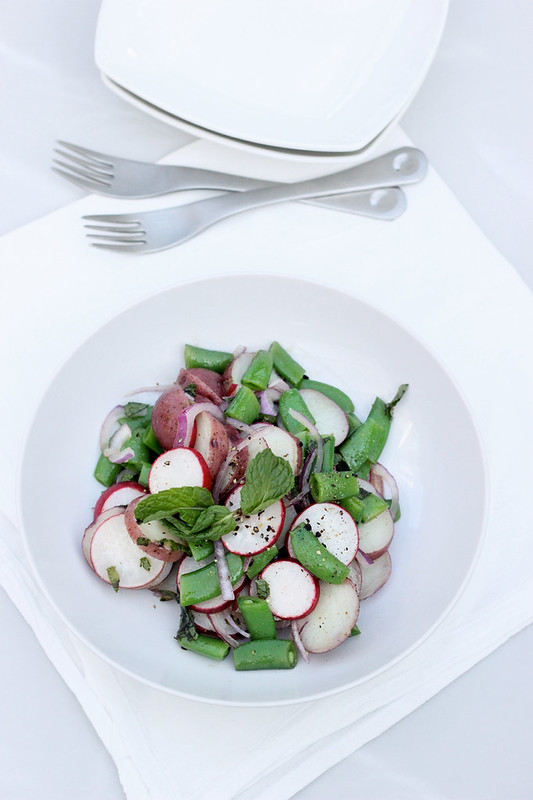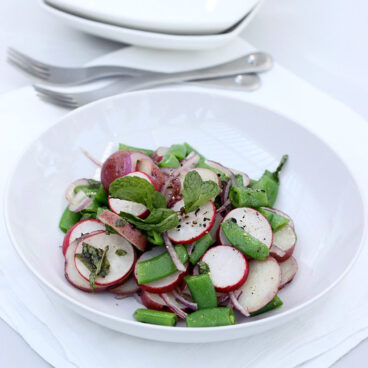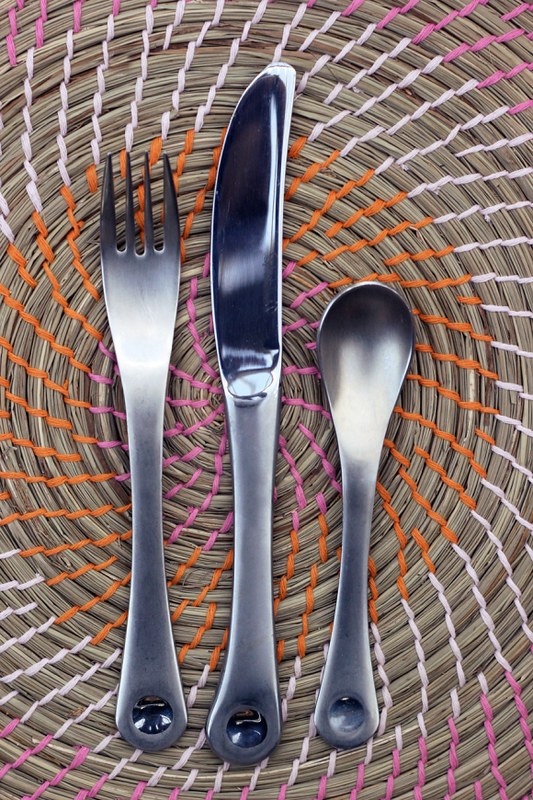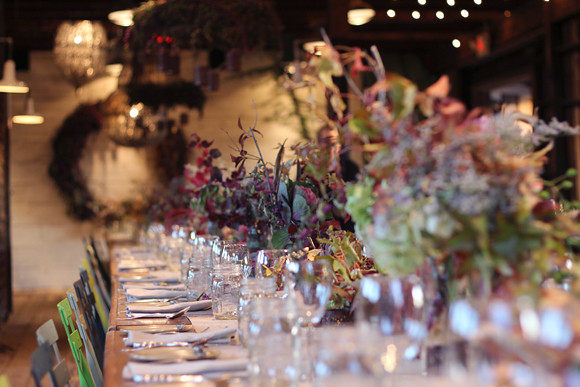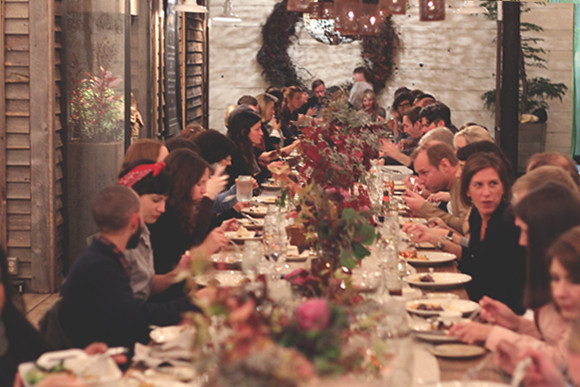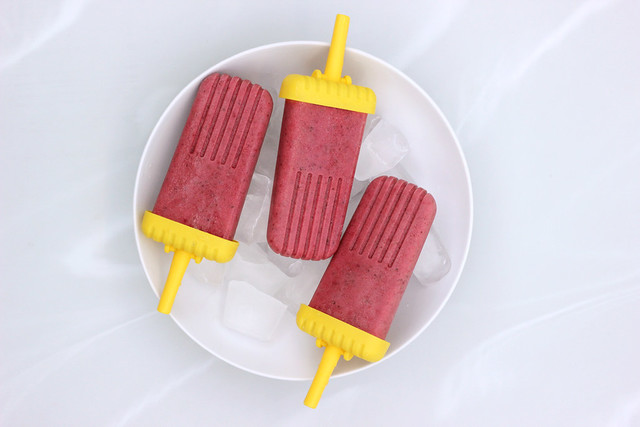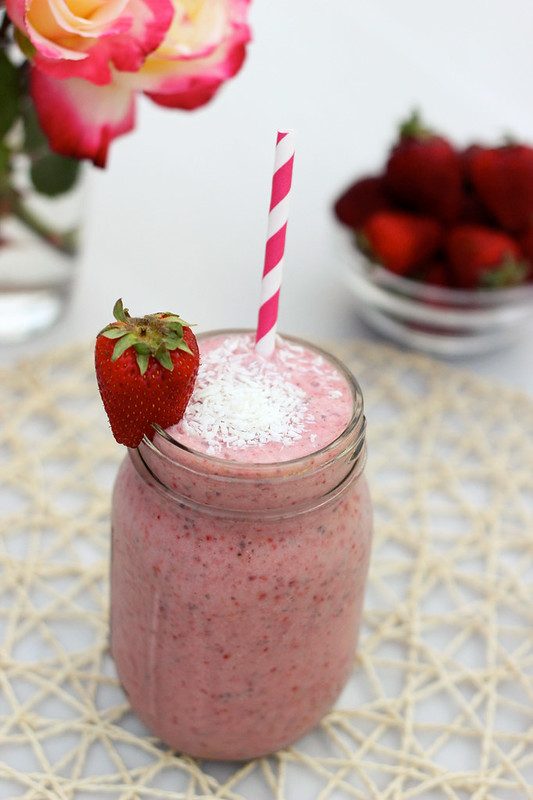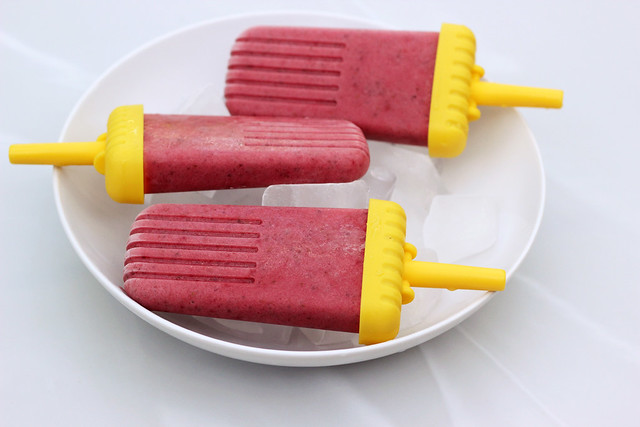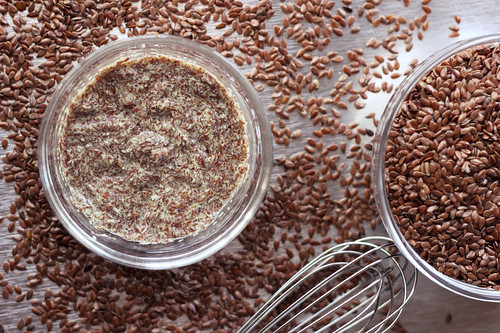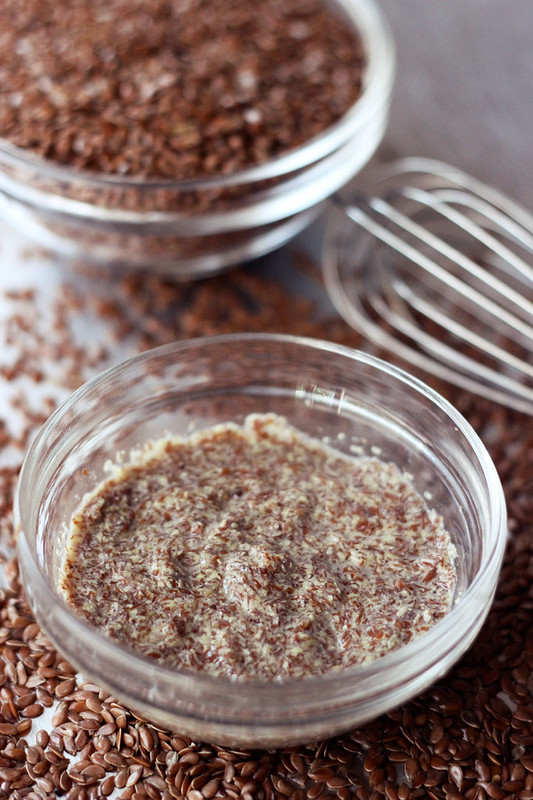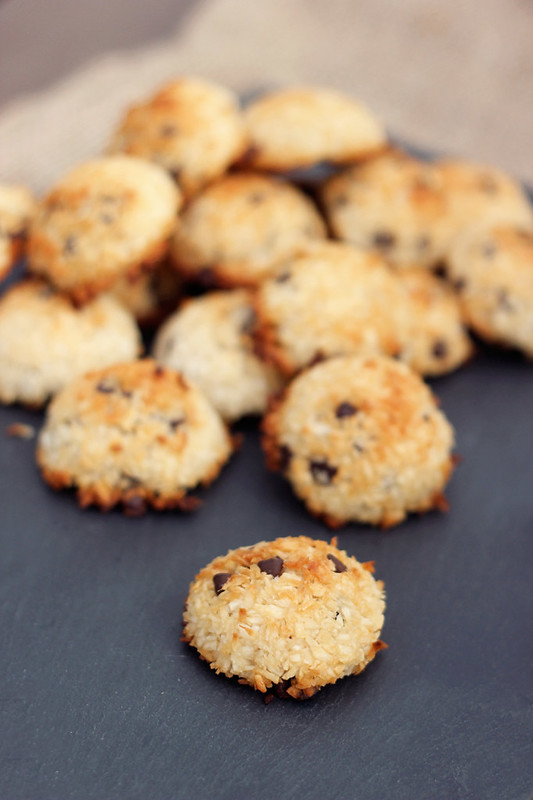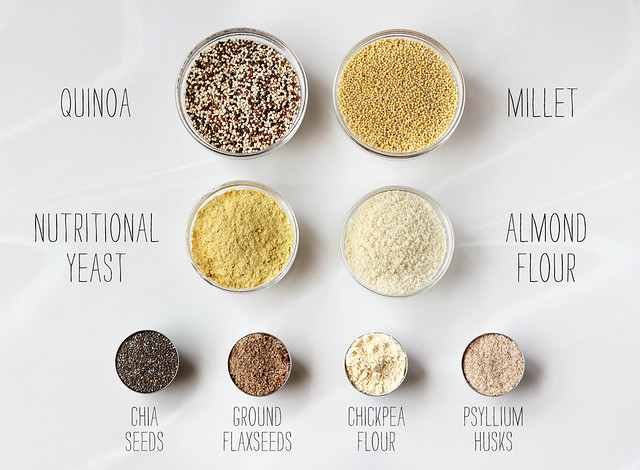-
A Guide to Gluten-free Flours and Starches

I am excited to share my guide to Gluten-free Flours and Starches. From grains and starches to beans and seeds, there is a wide variety of gluten-free flours available to us to make baking easy and delicious. Seeing all of the options in one long list, is actually quite exciting and inspiring to know the many options.
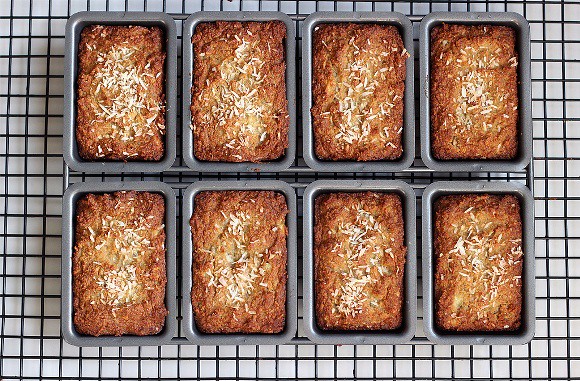 Grain-free Banana Coconut Mini-Loaves
Grain-free Banana Coconut Mini-LoavesAlthough it can all seem a bit daunting and overwhelming at first, baking gluten-free is far easier than you would think. Once you get to know what flours and starches are available, how they work together in recipes and as you learn which you like the most, you will slowly start building a pantry full of options to make just about anything you desire. Baking does require some experimenting, some mathematics and ratios, and yes, even some failures along the way. But, once you get the hang of it and have it down to a science it will be second nature to you. As someone with a gluten intolerance, it is hard to feel like we are living without when I take a look at the long list of flours available to us.
This list is meant to act as a guide to some of the many amazing and nutritious, naturally gluten-free flours and starches that exist. This isn’t necessarily a complete list as there are so many of them always popping up on the market, but these are the ones I know of, most of which I have experimented with myself.
It is best to remember that baking gluten-free almost always requires a mix of flours and starches, as opposed to just one. That is probably one of the biggest mistakes people make when they try baking gluten-free for the first time. A recipe calls for 1 cup gluten-free flour and they grab 1 cup of whatever flour they have or can find easily, for example just rice flour or just soy flour. The results are usually disastrous and many people are left defeated. There are plenty of great all-purpose gluten-free flour blends on the market that you may like just fine and if you are new to gluten-free baking, this is probably the perfect place to start. But, once you have experimented a bit and get a little more comfortable, I highly recommend trying out making your own gluten-free flour blends. As you get to experimenting with recipes and baking you will be able to make your own combinations of flours and starches outside of this ratio, but this is a really great place to start.
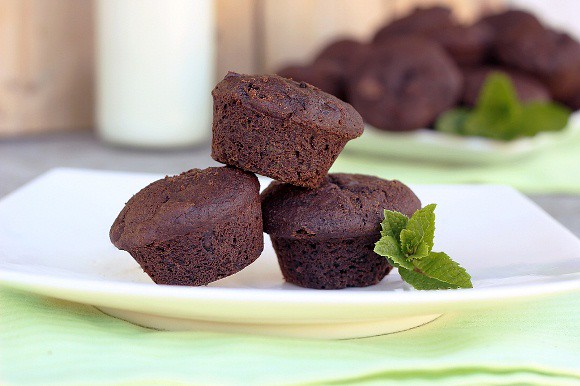 Mint Chocolate Chip Brownie Bites
Mint Chocolate Chip Brownie BitesA Guide to Gluten-Free Flour and Starches
I find when you get the proper ratio and combination of flours and starches, there is no real need for xanthan or guar gum, which I prefer to not use if I don’t need to. Many people have issues digesting the gums, and I try to avoid them when I can now that I know they aren’t necessary. I have also learned that some of the best baked goods, especially breads, are made by adding in psyllium husk, ground chia and/or ground flax seeds. These replace some of the binding and elasticity properties of regular gluten flour, to keep it from crumbling, which is the reason many bakers use the gums in gluten-free baking.
NOTE: If you are looking to convert a regular gluten-containing recipe to gluten-free by using your custom made gluten-free all-purpose flour mix in a regular recipe, a good rule of thumb is to sub 140 grams of your gluten-free mix for every 1 cup of regular gluten all-purpose flour.
When you look at this long list of flours and starches available to us, it hardly feels like we are like we are missing out at all, right?
WHOLE GRAINS
Amaranth Flour
Brown Rice Flour
Buckwheat Flour
Corn Flour
Millet Flour
Oat Flour (make certain it is certified gluten-free)
Quinoa Flour*
Rice Flour
Sorghum Flour
Sweet Potato Flour
Sweet Brown Rice
Teff Flour
White Rice Flour*This technically belongs under seeds, but it works really well as a grain flour, in small quantities in AP blends
STARCHES
Arrowroot Flour
Cornstarch
Potato Flour
Potato Starch
Tapioca Flour
White Rice FlourNUTS AND SEEDS
Almond Flour
Chestnut Flour
Coconut Flour*
Hazelnut Flour
Flaxseed Meal
Salba/Chia Seeds
Hemp Flour
Mesquite Flour*Coconut Flour will suck a lot of the moisture out of most recipes, so use it sparingly or add additional eggs or other liquid to counteract.
BEANS AND LEGUMES
Fava Bean Flour
Garbanzo (chickpea) Bean Flour
Garfava Flour
Kinako (roasted soy bean) Flour
Soy Flour
Pea Flour and Green Pea FlourYou can usually classify nut, seed and bean flours as a whole grain, for ratio sake, even though they are technically not in the grain category. However, they can sometimes react a bit differently depending on the recipe, so it may take some experimenting with those. I should also note that you won’t want to use just a bean flour alone or in large quantities in most recipes, as they tend to have a bit of an aftertaste that could overpower the final dish.
Ratios
The beauty of this list is that you can select your favorite flours and starches, based on what is available to you and what you prefer, that could be used in a variety of recipes. When making my own whole-grain all-purpose flour for baking, I personally use a ratio of 70% grain flours to 30% starches (based on Shauna Ahern’s recommendation from all of her many years of experimenting and baking). For a regular all-purpose blend, you’ll want 40% whole grain flours to 60% starches. Everyone has different ratios they prefer, but these have both proven to always be effective for me and many other gluten-free bakers. Here is a great example of a whole-grain blend I have made in the past: 200 grams sorghum flour, 200 grams teff flour, 200 grams millet flour, 100 grams buckwheat flour, plus 150 grams each of tapioca and arrowroot starches. This particular mix results in a beautiful brown whole grain blend that I love for pizza crusts and rustic pie crusts. If you are looking for something more traditional and white, use the 40/60 ratio, and for your grains try a blend of sorghum, millet, rice or soy. I usually make my all-purpose flour blends in batches of 1000 grams, since that makes weighing and ratios the easiest.
Have you played with making your own gluten-free flour blends and with gluten-free baking? What are your favorite gluten-free flours?
-
How to Make Flax Eggs
I myself am not allergic to eggs, but I don’t always have them on hand and I don’t necessarily always want to use them in a baking recipe. What I love about flax eggs, besides being a great replacement if you cannot eat eggs, is that they are full of wonderful nutritional benefits for anyone who chooses to add them into a recipe, no matter why.
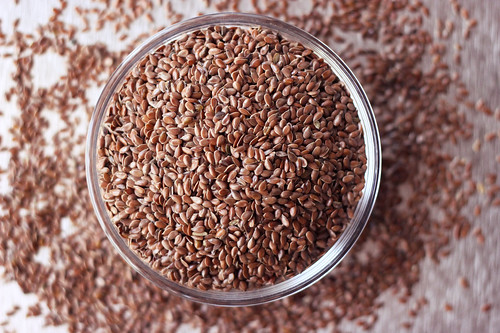
Flax “eggs” are an easy substitute in most recipes calling for just one or two eggs. They’re a great option for vegans and those allergic to eggs. However, you don’t have to be vegan or allergic to benefit from this great substitution! Flax seeds are a nutritional powerhouse and sneaking some into baked goods is an simple way to get some of their wonderful nutrients into your diet.
Flax seed eggs “bind.” They do not add lift or fluff as eggs would in some recipes, say for a sponge cake or a souffle. I have had pretty great luck using flax seed eggs in most baked goods that call for two eggs or less, like breads, muffins, oatmeal cookies or pancakes, plus they are great in homemade veggie burgers. To make flax seed eggs you you just need a grinder like a Magic Bullet or coffee/spice grinder for grinding the raw, whole flax seeds to a meal. You can buy already ground flax seed meal, but it is much more expensive than just doing it yourself and they are far more likely to go rancid, quickly (see notes below).
Flax seeds are rich sources of the essential fatty acid alpha-linolenic acid (ALA), a precursor to the omega-3 fatty acids. In comparison to regular eggs, flax eggs are packed with nutrition, including B vitamins, vitamin E, and important minerals such as manganese, potassium, calcium and iron. Each one even has two grams of fiber. They have no cholesterol and are very low in sodium. A flax seed egg has half the calories of a large chicken egg and much less fat — no saturated fat and half the total fat of an egg. Besides using flax seeds to make an egg replacement you can also enjoy the health benefits of flax seed by mixing it into your oatmeal or smoothies, it is great as a topping on yogurt or ice cream or added to baked goods like bread or muffins.
Store your flaxseeds in the refrigerator in a tightly sealed container to maximize their shelf life. Being a polyunsaturated fat, they can go rancid fairly quickly at room temperature.
How to Make Flax Eggs
Yields one “egg”
- 1 tablespoon flax seed meal
- 3 tablespoons lukewarm water
If you are starting with whole flax seed to prepare the flax seed meal, simply grind some flax seeds in a coffee grinder or magic bullet. Measure after grinding.
Place the flax seed meal in a bowl and add water, stirring/whisking as you go and place in the refrigerator for 10-15 minutes to allow the egg to set. Allow to stand until thick, gelatinous and egg-like. Use in baking as you would one egg. Make in larger batches and store in the refrigerator for up to one week.
NOTES:
– If you don’t want the dark color from the brown seeds, look for golden flax seeds.
– If you do buy pre-ground flax seeds, always store in the fridge or freezer. Flax seeds contain oils that are extremely perishable. When the flax seed is ground, the oil is exposed to oxygen and begins to oxidize almost immediately. This oxidization turns the oils rancid which makes them toxic and causes them to impart a linseed oil aroma and flavor to your food.
– Ground chia seeds also work in place of the flax seed meal.
-
Restricted Diets: Focus On What You CAN Eat, Not What You Can’t
This post was originally shared on the Free People blog, BDLG 25.
Restricted Diets: Focus On What You CAN Eat, Not What You Can’t
Many of you know this from following my blog over the past few years, but due to health reasons I was forced to give up gluten in 2005. Since then, I have also willingly removed dairy (with the exception of goat’s milk occasionally) and processed foods from my diet and I maintain a conscientious omnivore diet, with a focus on nutrient-dense whole foods, which means TONS of veggies. I generally avoid refined sugars and processed and refined carbs (though I am not perfect, obvi). One of the number one questions I receive from people when they first meet me and hear of all of my restrictions, is “what else is left” or “so what DO you eat then?”. This question always makes me laugh for the pure fact that I feel like the possibilities are endless and the weeks are not long enough for all of the foods I love to eat to make it into a meal.
I decided a while back instead of focusing on the long list of things I cannot eat, to instead celebrate the never-ending list of those that I CAN. It has been freeing to not only discover new foods that I never even knew existed, but to also get creative with some of the old standbys that pop-up often.
Having so many restrictions, some self-inflicted and some for medical/health purposes, may seem like it leaves very little for me to eat. This couldn’t be further from the truth. Restricting my diet has actually allowed me to find more foods and ingredients than I ever even imagined existed. There was a time when I first went gluten-free that all I could do was think about what I couldn’t eat. Cookies, pizza, cake, pasta, sandwiches…the list goes on and on. I was so sad over what I could no longer eat, that I couldn’t even focus on all of the many things there still were, and many that I didn’t even know about, yet. I began eating anything that I knew was gluten-free and even just closely resembled the food I had been missing so dearly. I gained weight and I felt terrible. It was all over-processed, filled with preservatives, and lab created junk made to make you think you were eating it’s gluten-containing counterpart. It all tasted terrible, was expensive, and I was even more unhappy. That is when I decided to take control of my eating and get adventurous and explore a little.
There had to be more out there and I was ready to find it. I discovered there are so many amazing gluten-free grains that I never even knew existed until I went searching (some of my favorites are pictured at the top of this post). Amaranth, millet, buckwheat, so many various rices – just to name a few. I also decided to start focusing more on fresh and whole fruits and vegetables, legumes, nuts and seeds. After I decided to go dairy-free, processed and packaged food-free and eating very little meat, I really had to get creative with what I was eating. I have discovered so many fun things – for example:
– Using nutritional yeast in a recipe can give a cheesy flavor to vegan pasta sauces.
– Use ground flax seeds with hot water to replace eggs in many recipes to make them vegan.
– Psyllium husks give a great texture to gluten-free breads and baked goods that I had never found before.
– Make absolutely delicious baked goods totally grain-free by using almond flour – you would never know there isn’t a single grain in there.
– Make a delicious flatbread with literally just chickpea flour, water and oil.
The list of my discoveries just goes on and on! Instead of looking around and seeing all of the things that everyone else can have and I cannot, I now think about all of the creative ways to play with all of the amazing ingredients I have discovered. One of my favorite things to do is to go to the farmers market each week and with each trip I challenge myself to find and buy a food I have never heard of before or have never cooked with and get creative with it. It is so exciting and it keeps me on my toes.
This same philosophy can work for you, whether you are gluten-free, vegan, dairy-free, paleo, corn-free, sugar-free, nut-free, soy-free, grain-free, etc. Get out explore the rows of food at your farmers market and your local grocery store. Buy something you normally wouldn’t (as long as it is safe for you) and play. You might actually surprise yourself and learn to love a food you never even knew existed. Focus on the long list of amazing fresh and healthy foods that you can eat, instead of dwelling on the list of things you cannot. It is so freeing and inspiring!
